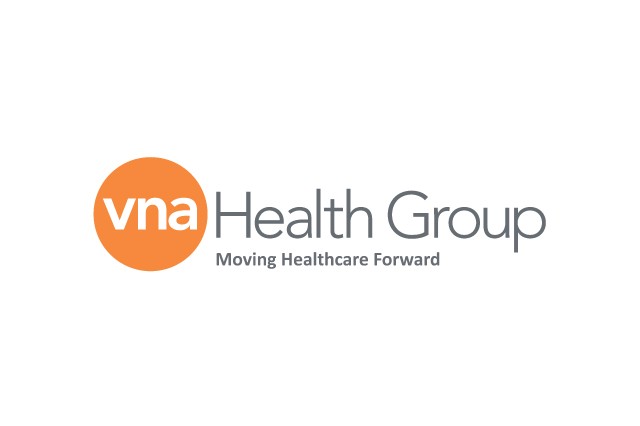American Heart Month: 3 Tests You Can Take to Check Your Hearts Healthiness
During the month of February, we celebrate American Heart Month, a time to raise awareness about heart disease and the many ways to prevent it. Aside from eating healthy, exercising and maintaining a healthy weight, you should also schedule regular checkups with visiting physician services. During your appointments, your doctor will listen to your heart, check your heart rate and check your pulse.
Even if you get the all-clear from the doc, it’s still important to monitor signs of heart attack. Glaring chest pain is a well-known symptom, but there are subtle ones to pay attention to as well. Women, in particular, may experience pain in between the shoulder blades, jaw or upper abdomen, shortness of breath, sweating or fatigue. Seek medical help if you experience any of these symptoms.
Below are three common tests that your doctor will use to determine how healthy your heart is.
1. Heart Rate Test
A heart rate test measures blood flow and blood pressure in different areas of your body. This is an easy test that can be done by checking your pulse. A normal resting heart rate for adults is 60-100 beats per minute. Lower rates generally mean that the heart is more efficient and better at cardiovascular fitness.
Keep in mind that many factors affect your heart rate such as:
- Age
- Fitness levels
- Being a smoker
- Having cardiovascular disease
- Body position
- Emotions
- Medications
2. Blood Pressure
A blood pressure test checks the force of the blood against the walls of your arteries. There are two ways it’s measured:
- Systolic blood pressure. This is the pressure in your arteries when your heart squeezes.
- Diastolic blood pressure. This is the pressure when your heart is relaxed, in between heart beats.
Normal blood pressure for an adult is 120 over less than 80. The 120 is the systolic pressure, and the 80 is the diastolic pressure. Anything higher than this could indicate high blood pressure. Years of high blood pressure can stiffen and narrow your artery walls, blocking blood flow to the heart.
3. Blood Tests
There are also a number of blood tests your doctor might order to monitor what they can’t see. Blood work that includes sodium, potassium and blood sugar is a good place to start, as abnormal levels may indicate a problem with the heart.
Cholesterol is also important for tracking heart health. High levels of bad cholesterol might be stored in your arteries, causing buildup and blocking blood flow to the heart. Because there are no symptoms associated with high cholesterol levels, it’s important to get this test every 4 to 6 years.
If your doctor suspects that you might have a problem with your heart, they’ll refer you for additional heart tests like an electrocardiogram or exercise cardiac stress test. While it might not be fun getting all these tests, they’re the best way to determine how healthy and stable your heart is.



